Glass Breaking
A Grade Toughened Glass – it can break but it is also the safest type for Showerscreens
As a third generation manufacturer in the glass business, I have seen many incidents of glass breaking throughout glass manufacturing & occasionally the installation process which is both spectacular and a little frightening. However this is infrequently seen or experienced by the public and can come to particular surprise.
Over the years I have come across rare incidents of glass breaking ‘without explanation’ once installed. As a family business based in the Melbourne airport precinct with industry experience in glass products for over 40 years, we feel it’s our duty to give you all the facts about shower screens for you to be equipped with expert information, both the ugly and good information. This guide is to provide answers to many of the questions we receive around toughened glass, the composition of glass, manufacturing and installation & maintenance techniques.
- It’s important to understand what toughened glass is:
Toughened glass is a type of safety glass processed by controlled thermal or chemical treatments to increase its strength compared with normal glass. Fully toughened/tempered glass as supplied for shower doors, splashbacks, etc., is 4 to 5 times stronger as annealed/untoughened glass of the same type and thickness and as per Australian Standards Certification.
Tempering puts the outer surfaces into compression and the inner surfaces into tension. Fully tempered glass, when broken, fractures into hundreds of small particles. This is by design and is excellent proof of a well tempered product, not of a defective product.
See Figure 1 & 2.
It is this fail-safe characteristic of tempered glass that makes it an excellent product for many safety glazing applications. Toughened glass is physically and thermally stronger than regular float glass. Toughened glass must be cut to size or pressed to shape before toughening, and cannot be re-worked once toughened.
- How is toughened glass manufactured?
Annealed glass sheets go through a processing stage involving cutting, polishing and washing, once they have been cut & processed to size they are inserted into a furnace/toughening plant. This is like a big pizza oven, with thousands of little rollers moving the glass through the oven slowly, first heating the glass to a temperature suited to the thickness of the glass, its fascinating to watch as it’s red hot then as it comes out the other end it’s cooled off very quickly. Should that glass have had impurities or have been processed/cut/polished incorrectly it will generally explode in the furnace.
Once toughened, the corners of the glass become very brittle, holding the tension of the glass together. The centre of toughened glass is extremely strong, in fact throw a hammer into it and it wont break. However if impact is made on the corners or it hits a hard surface or the glass is twisted during handling it could be a different story.
- Why can breakages occur once installed?
Unexplained breakage may occur because there was no easily visible cause. Frequently, inspection of the surround will reveal damage through subsequent earth movement, or temperature changes which forces the edge to consequent yields. It might also be the case the glass has moved; if the edge of the glass is rubbing against the hardware or other hard surfaces either frameless or within a frame this may be your cause.
Toughened glass has been known to break when a small chip of the glass disturbs the surface tension causing it to burst inward; it propagates at many times the speed of sound!
It may also be due to poor installation; professional installation for any glass product is highly recommended. Spontaneous breakages may also be due to the chemical nickel sulfide inclusions. When these stresses exceed the strength of the glass; breakage results. This type of breakage is found in tempered glass and is indicated by a distinctive “figure eight” pattern, with each “loop” of the figure eight approx. 30mm in diameter. Should these be present in manufacturing the glass can also break in the furnace when the glass is heated as it create thermal anomalies.
Accidental or deliberate vandalism can be a cause of unexplained breakage. An implosion will not have warning marks like laminate glass; toughened glass by design should implode into safety granules
- Is Chinese glass bad quality?
Being made in China is not an indication of the quality; in fact 98-100% of raw materials in Australia are made in Asia across the industry. Whilst this is not ideal for jobs and manufacturing in our country overall, that is a whole other conversation! Origin is not as important as these questions:
- Is it to Australian standards – with certain
- Have you got high quality hardware & fittings?
- Has it been installed by a qualified installer
- Is there quality control
- Is there certification available to you (these should always be available on request from the manufacturer)
- Is the design fit for purpose
- Have you maintained your glass in accordance with manufacturer requirements?
- Can Australian Glass break?
Yes, it doesn’t matter where glass comes from it’s the manufacturing, testing & environment around it that is important. Toughened glass in Australia is the same as in any other country; the furnace is tested against the same regulations. However do not get confused as there are differences between glass made to Australia’s regulations compared to glass made to other country regulations. Which means you need to ensure you have a reputable company who can prove certification to Australian regulations. Buying online from unknown companies is not ideal. Having your shower screen installed without a site detail or by a random trade is also not ideal.
- What happens if toughened glass breaks?
Firstly toughened glass to Australian standards has saved many lives as it crumbles into small safety pieces rather than large sharp shards of glass. However remember safety glass is still comprised of glass and may cause surface cuts to your skin. Seek medical attention immediately. Do not clean the area without appropriate personal protection equipment as the glass may be still active – popping into safety granules.
- Can I install a shower screen myself safely?
When installing the shower screen you may do it yourself according to Australia Law however there are certain styles such as Frameless that you ought to leave to a qualified glass person. Stick to easier styles with lighter glass, partial frame and telescopic adjustment. Take notes where you drill holes (not too close to the glass in the frame) Not only must you find an expert in glass they must have experience with this particular style, and training on handling glass.
If you are doing it yourself take every precaution but realize that this a serious trade and experience to be able to do this work takes many years of learning. Especially when it comes to handling the glass and caulking it. For instance 10mm frameless glass weighs 25 kg per square metre. This is the most advanced installation that is required.
- When should I replace my screens?
If you have an edge chip or corner chip and its still standing you are in luck, however it’s best to replace your screens to be on the safe side. Overall we recommend that we all replace our screens every 7 – 10 years. Dependent on its maintenance & care.
- How do I prevent an incident?
- The simplest way to minimize your potential of an accident is to be certain that one of two types of safety glass is used in any area where there are risks: Grade A – Toughened & Laminated Safety Glass. These are covered by Australian Standard AS/NZS 1288 for installation and safety and AS/NZS 2208 detailing test requirements. The minimum thickness of framed toughened glass (Grade A) is 4mm. The minimum thickness of partly framed and frameless toughened glass is 6mm
- Use a qualified installer
- Maintain & respect glass & check for changes occurring in the surrounding area. I.e. cracked plaster walls, check for damage around the perimeter
- Dry hinges on shower screens after each use, or clean them weekly with a mild soap solution, rinsing and drying
- Do not use abrasive cleaners of any kind on hinges and other hardware.
- Keep glass clean to prevent mineral and soap deposits
- Set rules where the glass is not pushed on, banged into or slammed. Role model safe practices are required in glassed areas
- Supervision and education in particular with kids is highly recommended, although the showering experience can remain a fun one, it’s not a playground.
- If you have had any movement in the house check that it hasn’t put pressure on the glass
- Do not allow soap scum to build up. Soap scum is alkaline, so if it is left there for a few months without being cleaned, it will etch into the glass.
- Keep a squeegee in the shower or use your towel to wipe away droplets after every shower so they don’t get a chance to dry
- Use non-alkaline soap. It’ll help protect your shower screen and it’s better for your skin anyway
- Why would I use a glass shower screen?
- Prevents overspray
- Hygienic material that’s easy to clean
- Glass shower screens look spectacular in appearance
- Adds value to your bathroom design
- Puts a clear perimeter around your wet area without boxing it in
- Is the only regulated glass suitable for frameless screens
- Because you don’t want to use a curtain
FIGURE 1
The below images show what Toughened Glass looks like when it breaks verses Non-Toughened
Glass/annealed glass when it breaks. If the annealed glass is broken, regardless of its thickness, it fractures into sharp, jagged pieces.
| TOUGHENED GLASS BROKEN IN SAFETY GRANULES | img coming soon |
| FLOAT GLASS NOT TOUGHENED BROKEN IN SHARP SHARDS | img coming soon |
FIGURE 2
If frameless shower screens are knocked or placed on a hard surface they will form a stress point in the glass and explode into safety granules. If, however, this toughened glass is hit with a hammer in the middle, it won’t break. Most breakages are a result of edge & corner impacts.
Share this post
Leave a Reply
You must be logged in to post a comment.

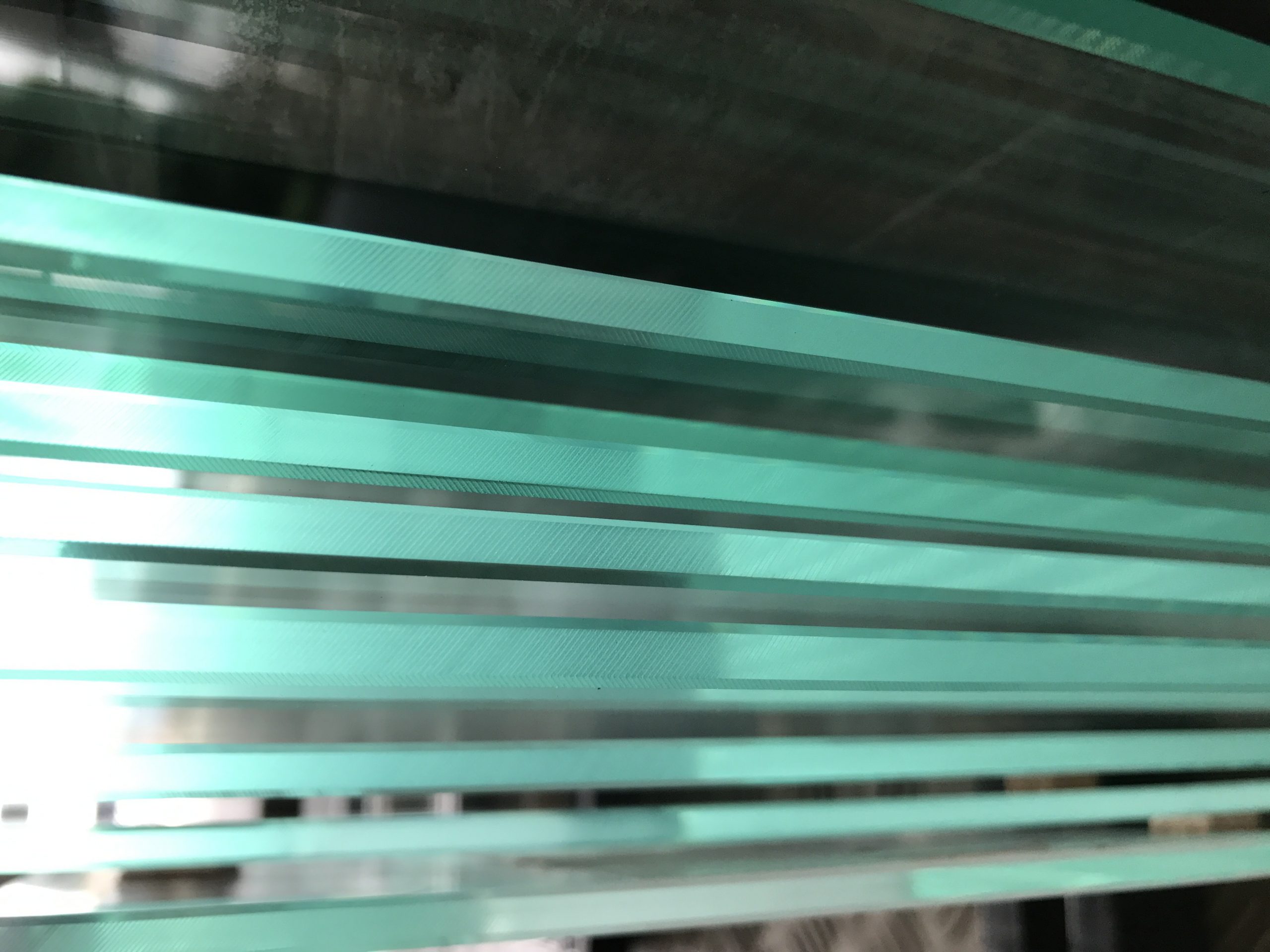
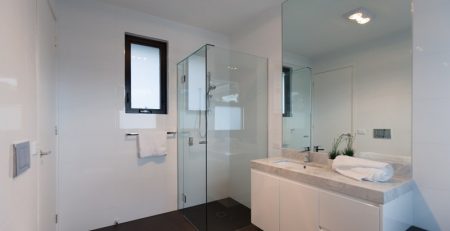
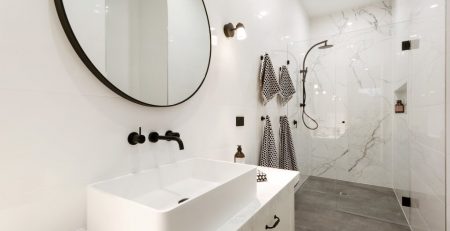
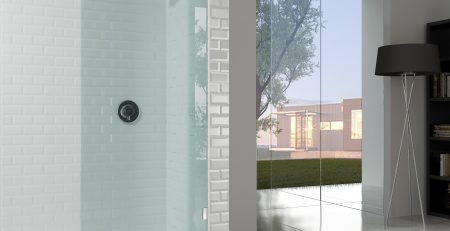
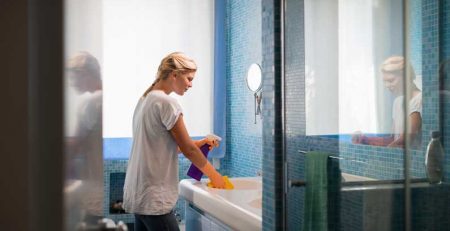
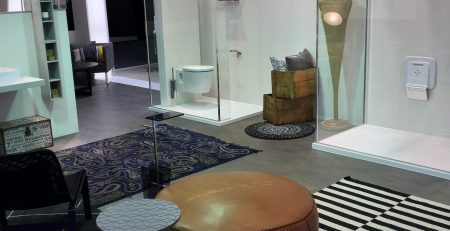
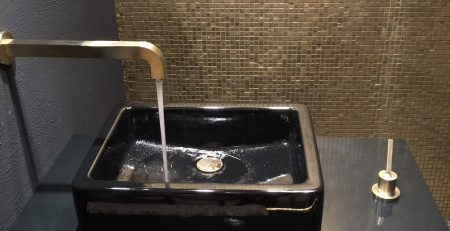
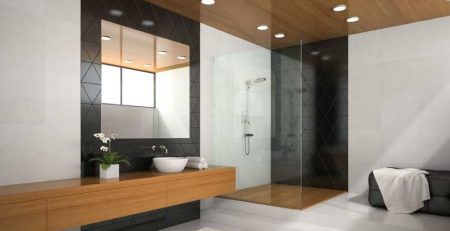

Comment (1)
Pretty nice post. I just stumbled upon your blog and wished to say that I have truly enjoyed browsing your blog posts.
In any case I’ll be subscribing to your rss feed and
I hope you write again soon!